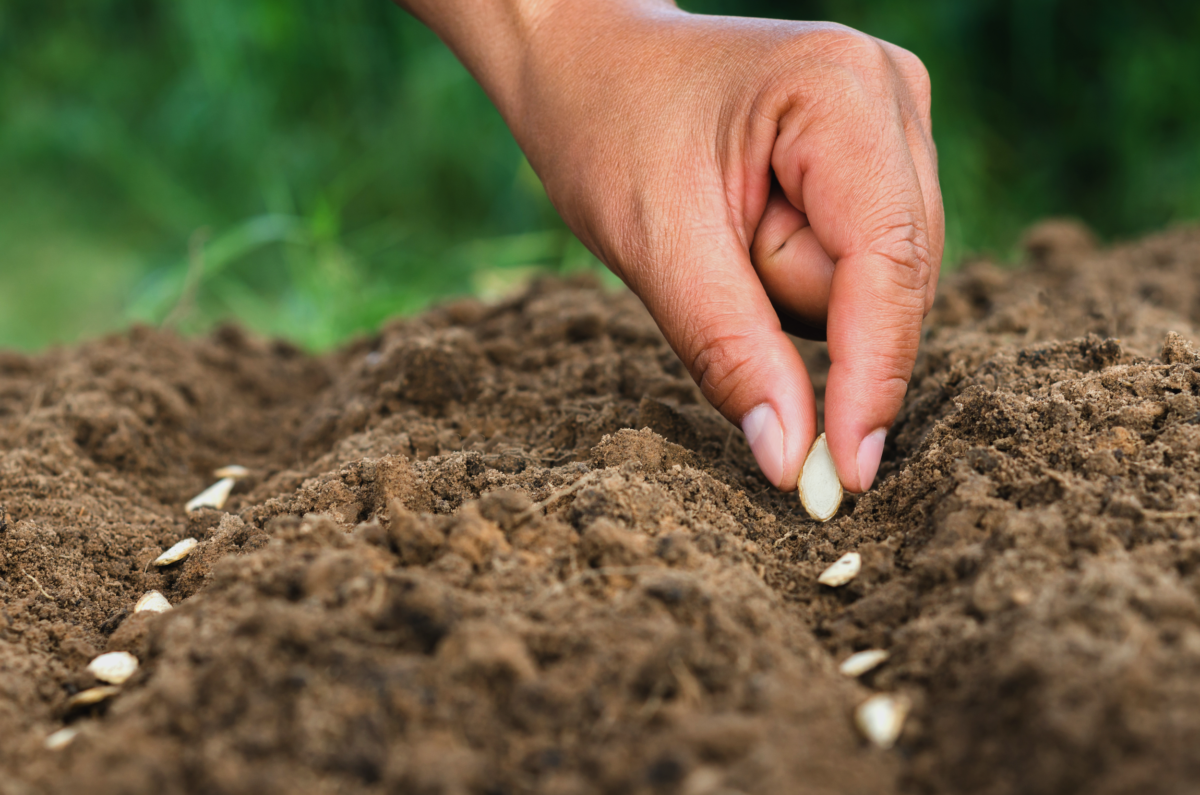
Vegetable gardening is a great way to help feed your family flavorful, nutritious food. Here are tips to help you be more successful.
Vegetable gardening has grown more popular, as more people are working from home and spending more time in their yards. Many people enjoy the satisfaction of growing their own flavorful, colorful and nutritious food. If you are new to vegetable gardening, here are a few tips to help you be more successful.
Choose a sunny spot. The best location for a vegetable garden is one that gets 6-8 hours of sunshine every day. Nearly every fruit and vegetable will grow better if it gets more sunlight.
Consider using raised beds, especially if your yard has heavy clay soil. It is easier to amend soil in raised beds, improving drainage. Raised beds also warm the soil earlier in spring. Read about raised bed gardens from HGTV and UMN Extension.
Consider using containers. If you have challenging soils or limited sunlight, you might want to garden in containers. You can move containers around to take full advantage of the sun. Read about vegetable gardening in containers from Better Homes & Gardens.
Amend the soil. Compost is a great addition. With clay soils, compost will improve aeration, and it will improve water retention in sandy soils. And compost adds important organic matter.
Add organic fertilizer, either in the entire bed or when planting individual vegetable starts. Check soil pH too. If your soil is too acidic, plants won’t grow well. Add calcium or lime if needed.
Add irrigation. Soaker hoses are a great choice for vegetable gardening. Drip irrigation is another option. Both are easier than watering with a hose, and water penetrates more deeply. And your plants are less likely to get fungal diseases if you limit overhead watering. Read about smart watering from the City of Seattle.
What will you grow?
Choose what crops to grow. WSU Extension suggests growing the more expensive vegetables that your family likes to eat. “Tomatoes, summer squash, and peppers usually cost more per pound in the store than other vegetables. Yet these crops can be productive in home gardens and require less space to grow than potatoes, cabbage, and winter squash which cost much less per pound.”
Choose varieties that will grow well in the Pacific Northwest climate. This is especially true if you want to grow heat-loving crops such as such as cucumbers, eggplant, tomatoes, peppers and melons. Smaller varieties of these crops generally do better. Think cherry tomatoes instead of large beefsteak tomatoes. Territorial Seed is one company that stocks vegetable, flower and herb seeds bred for our region.
Choose easy-to-grow crops if you are new to vegetable gardening. This includes beans and peas, garlic, greens such as lettuce, spinach and Swiss chard, and root vegetables such as carrots and beets. These grow easily from seeds. They are good choices if you are gardening with your children.
Plant at the right time. Mary’s Heirloom Seeds has a list of which crops to plant in which months, and Deep Harvest Farm has a Pacific Northwest planting calendar. For some crops, succession planting works best. For example, sow lettuce every two weeks so the plants mature at different times and you don’t end up with a large lettuce harvest that your family can’t eat.
Resources
- Home Vegetable Gardening in the Pacific Northwest, Washington State University Extension.
- Starting a Vegetable Garden, Swansons Nursery.
- Growing vegetables in the Pacific Northwest coastal region, Oregon State University Extension.
